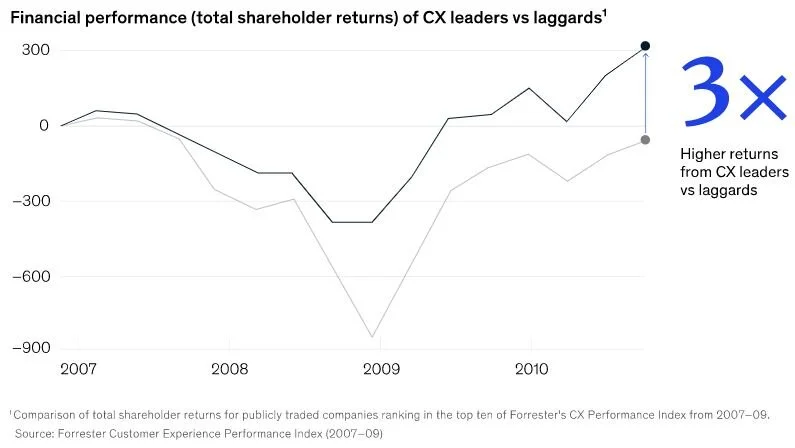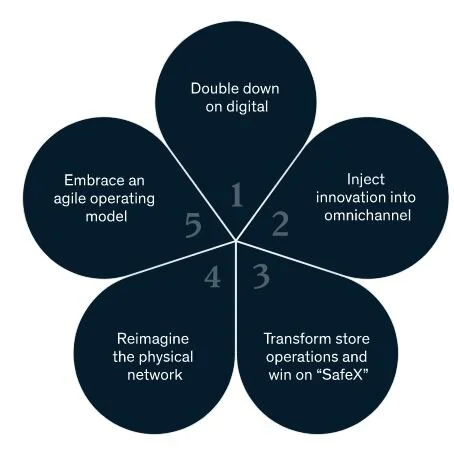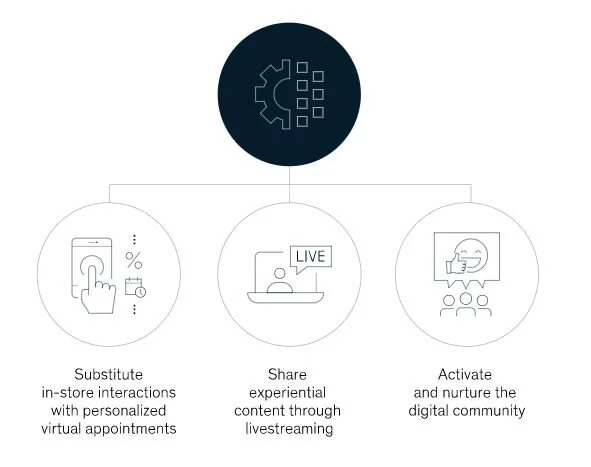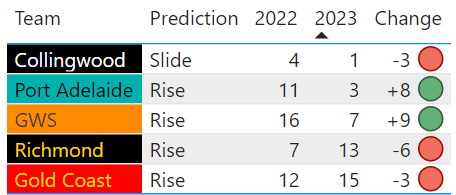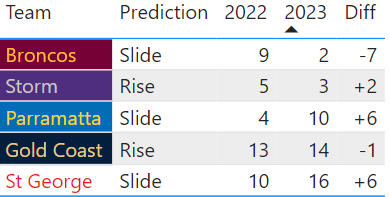Post Pandemic Retail Recovery - will sales volumes return?
The Covid-19 Shutdown
At this point we are all well aware of the impacts Covid-19 has had on almost every industry in Australia and around the world. The government’s coordination at local, state and federal levels has been crucial in stopping the viruses spread, but these interventions have inadvertently taken their tole on the retail sector as people self-isolate, social distance and are separated from businesses that are not deemed essential.
As restrictions slowly ease, retailers will be itching to open their doors and get things back to business as usual, but the data is suggesting that things may not return to how we knew them just a matter of months ago.
V Shaped Return in Sales, or L Shaped?
A recent IRI survey has found that only 15% of Australian consumers plan to return to their old spending habits.
Some key figures that are supportive of this figure include:
more than 75% of households expect the economic impact of Covid-19 to last over 12 months
45% have had their income impacted by the virus
48% believe they are worse off than what they were pre-pandemic
39% are now working less hours.
Despite the apparent doom and gloom, there have been some areas identified as having a lot of upside potential in the near future including online ordering, home entertainment, meal kits and home baking products.
From these figures and the changes in spend allocation within and across consumer groups, it is clear to see there has been a marked shift, with winners and losers in all industries. The losers in this case are the fitness centres, clothing stores, beauty, hairdressers, salons, pubs, clubs, restaurants and other related retail businesses that have been closed down indefinitely. Resulting, a pessimistic outlook for the economy has ensued, reflected in decreased consumer confidence and more frugal spending. So sales would end up L shaped, rather than the V most retailers will be looking for.
Why should I care and what can businesses do?
Firstly, this is a great situation to draw on Pareto’s Law. As marketing budgets tighten and are allocated to the aspects of businesses that generate the best ROI, it is vital to understand the top 20% of your customers that provide the most value (or 80% of value according to the Pareto Principal) to your business.
Understanding the ways customers interact with your business, from touch points on search engines and social, through to website usability, retention rates and the checkout process, is as important as ever in creating a marketing strategy that delivers value to your best customers.
A report from McKinsey found that those businesses with great customer experience (CX) are more resilient during economic slowdowns, resulting in shallower troughs and faster recoveries.
So what can businesses do to safeguard their futures?
1. Understand who your best customers are
Filtering through your businesses data to understand who your customers are, their needs, favourite products and how they interact with your brand is vital in being able to provide the right product or service at the time they need it most. This will allow budget to be allocated to the parts of your business that are most important to its ongoing success.
2. Be ready to react quickly to changes in the market
Understanding the market dynamic and how your customers’ needs may change with new influences will enable you to stay one step ahead of the competition, putting the right offer in front of customers time and time again. Having dashboards and reporting tools which are dynamically updated to show how interactions are changing with new influences on the market will enable you to pivot quickly to provide for new expectations. A great recent example of this is the need for fast delivery services, stemming from customers inability to go to physical stores to pick up products.
3. Focus on your key value drivers
In times when customers are closing their wallets and reducing their outgoings wherever possible, it is important that your marketing strategy can continually convince them of your businesses products and the value they provide. Marketing goods within your product fleet which are clearly not key differentiators for your business could see fewer customers clicking ads and checking out.
5 Key Actions for a Leading Customer Experience
McInsey’s report highlights 5 key features that will be decisive in the success of retailers in a post-Covid19 world.
Firstly, doubling down on digital to enhance user interface and user experience to take advantage of a rapid rise in online sales. To put the growth into context, online sales grew by 25% in a two week period in March 2020, highlighting Australians increasing confidence in using these services. Again, an analysis of your data and the ways customers interact with your business is crucial for the optimisation of your digital channels as expectations continually rise with newer technologies and digital experiences.
Secondly, integrate the in-store and digital experience. Strategies include having a live chat support on-hand whenever customers have a question, providing virtual appointments or free advice on a product or solution that bests suits that individuals specific needs and requirements.
Many firms are even looking to AI and machine learning to provide hyper-personalised shopping experiences, given customers a perspective about how products might look on them as well as displaying the items frequently bought together.
SafeX is now a thing. A return to normality for retailers won’t happen unless they safeguard customers with features like contactless pick-up and checkout, enhanced cleaning as apart of operations and physical distancing requirements. This may require a re-think of store layouts and how this can be optimised for the customers greatest benefit.
Overly, all of these factors allude to having an extensive knowledge of customer expectations in order to harness a far more agile operating model which includes an easy and safe in-store and online shopping experience. If retailers can do all of these things, they can (hopefully) expect a V shaped return to their sales volumes, rather than the dreaded L.
At White Box, we specialise in helping retailers optimise their marketing strategies through in-depth customer analysis and strategic recommendations. Our expanding team also works on projects in AI and machine learning, so please get in touch if you’d like to learn more about how we can help you navigate back to the new norm.
To keep up with all things data and White Box, follow us on our LinkedIn page.


